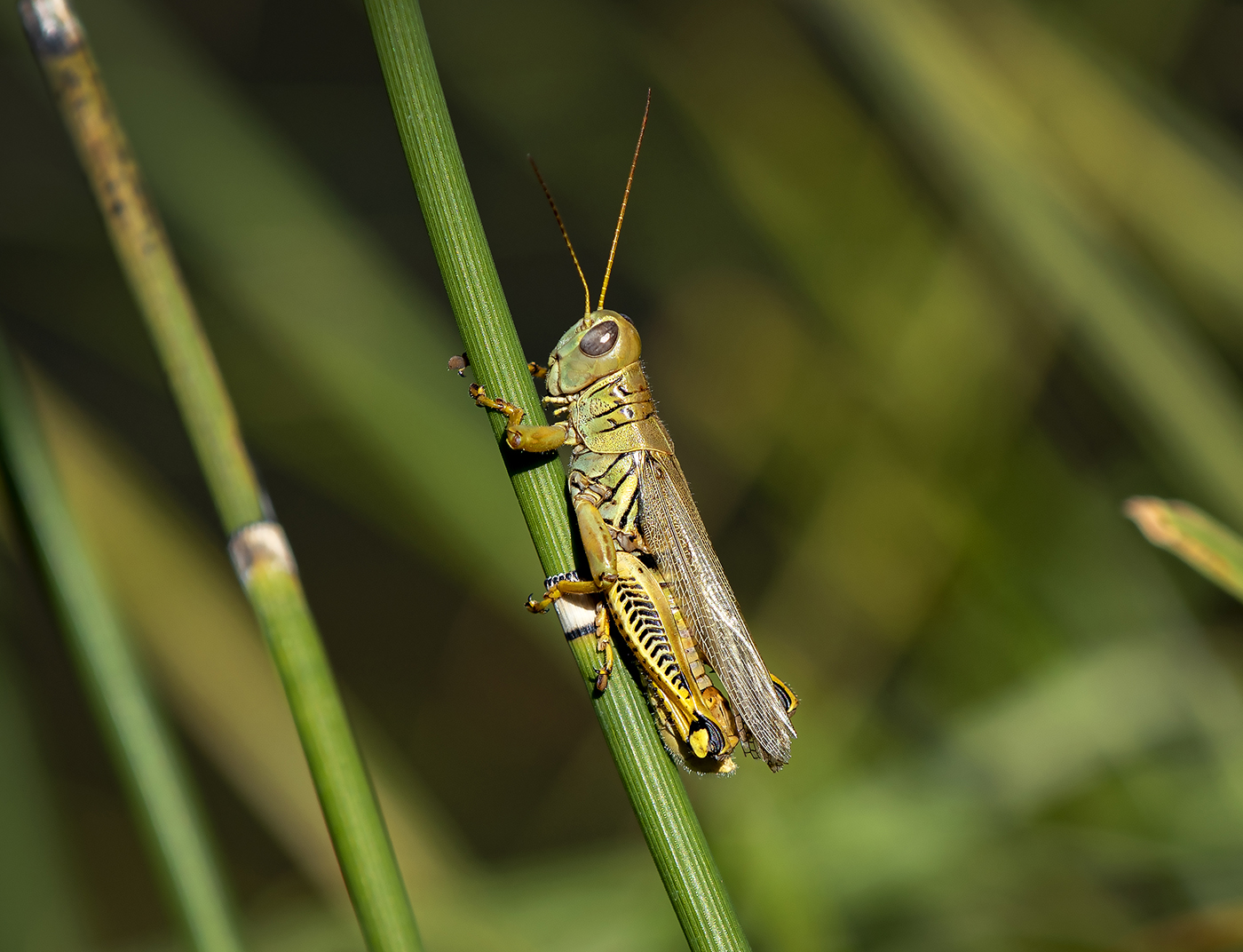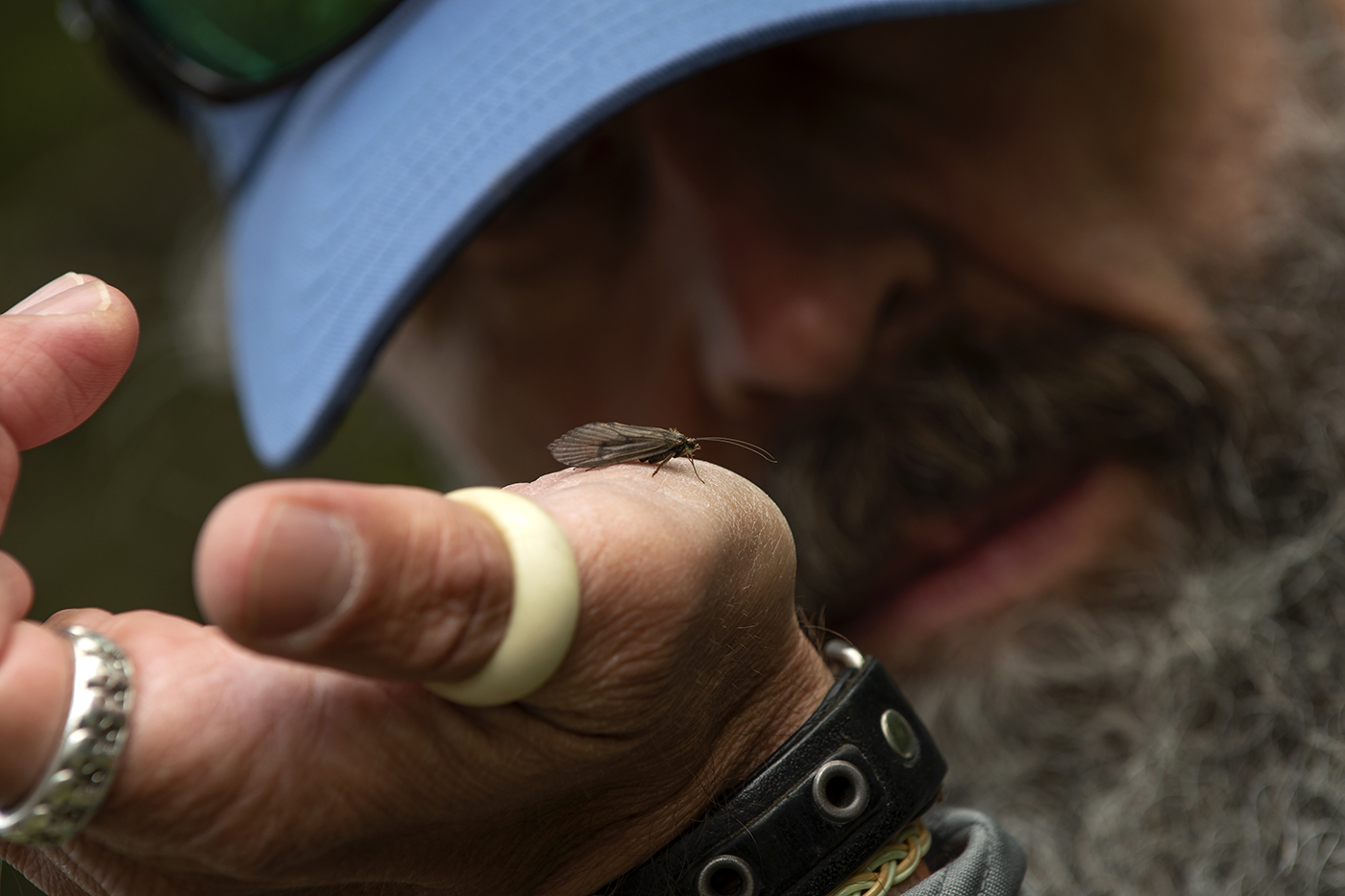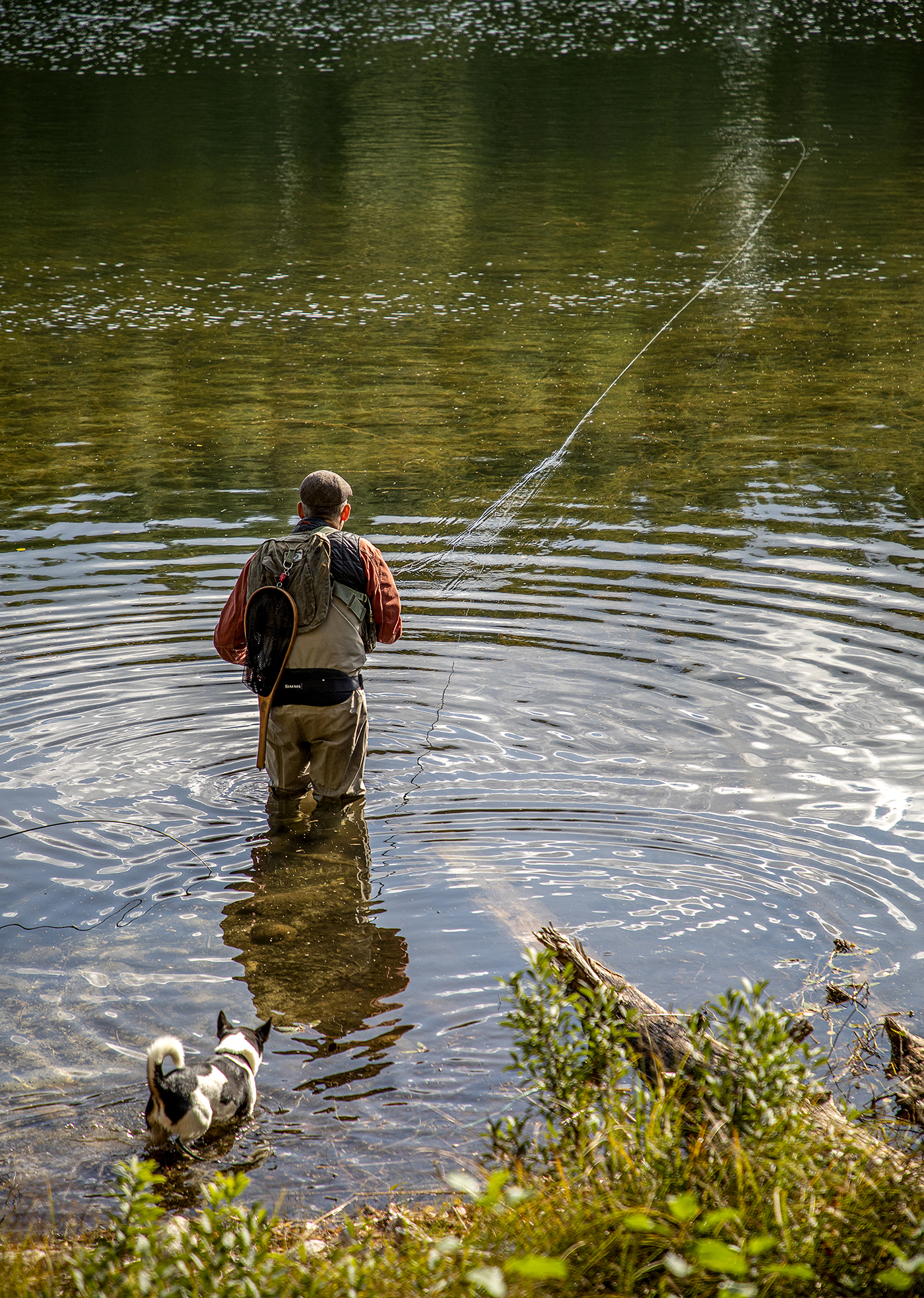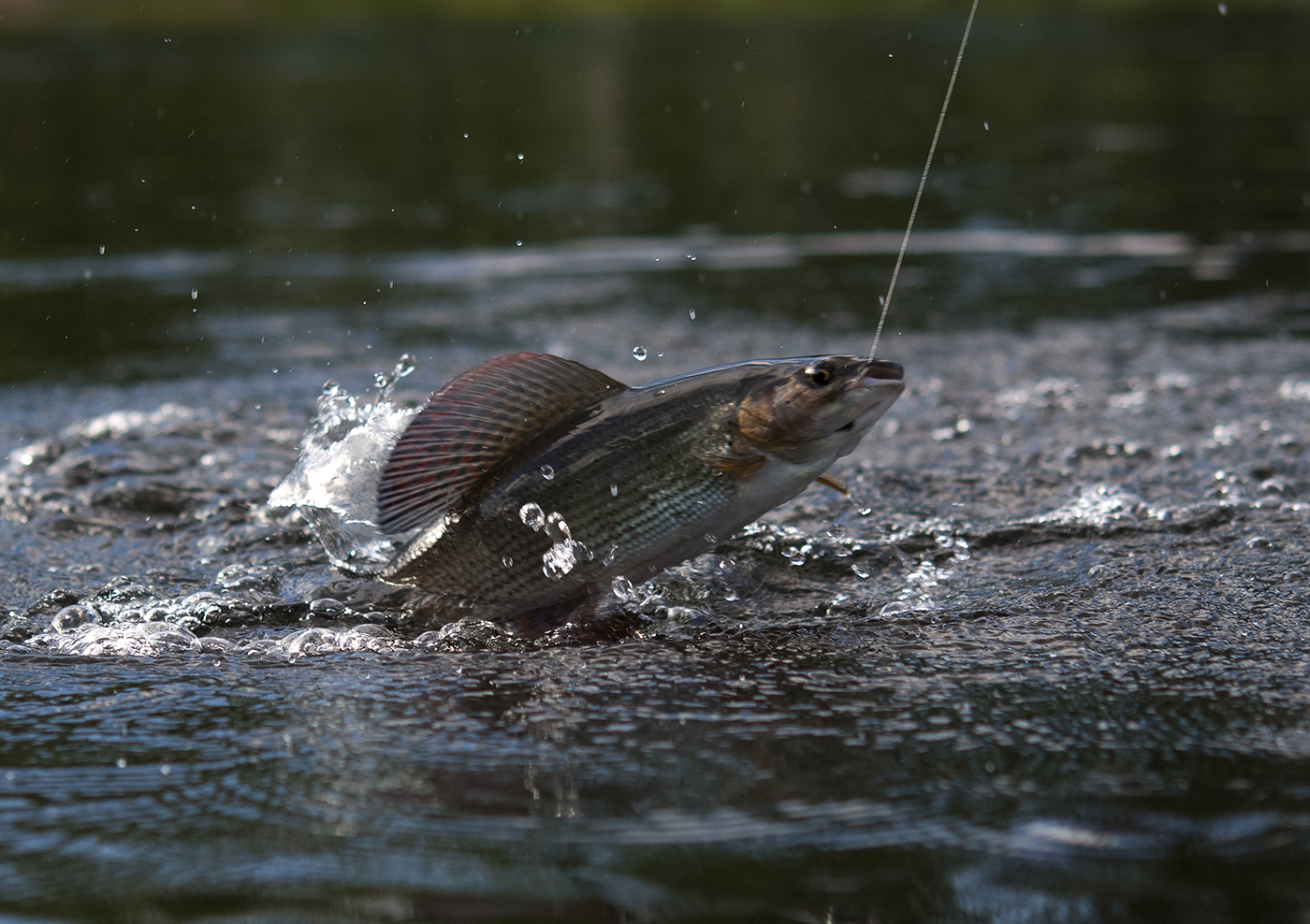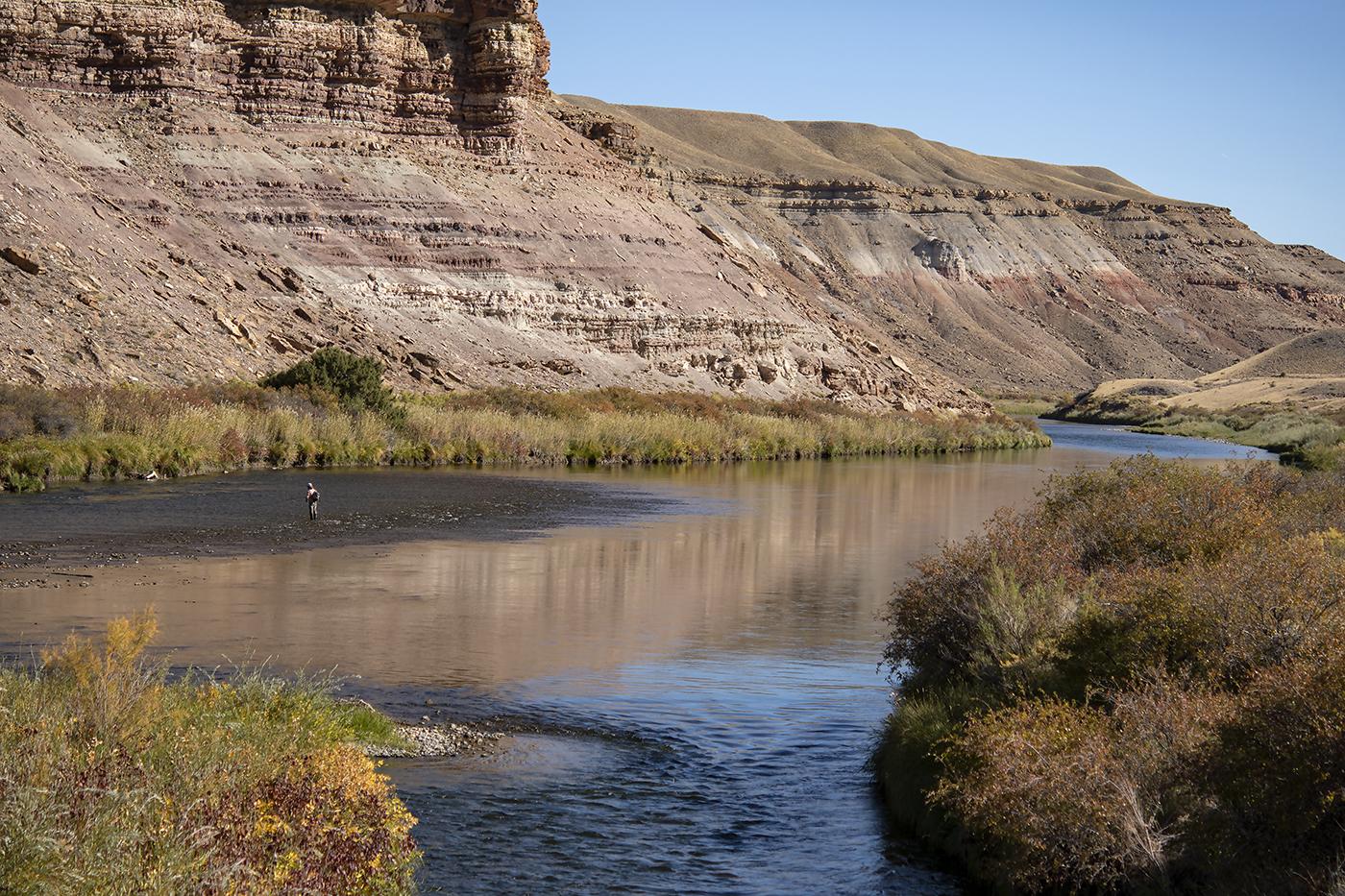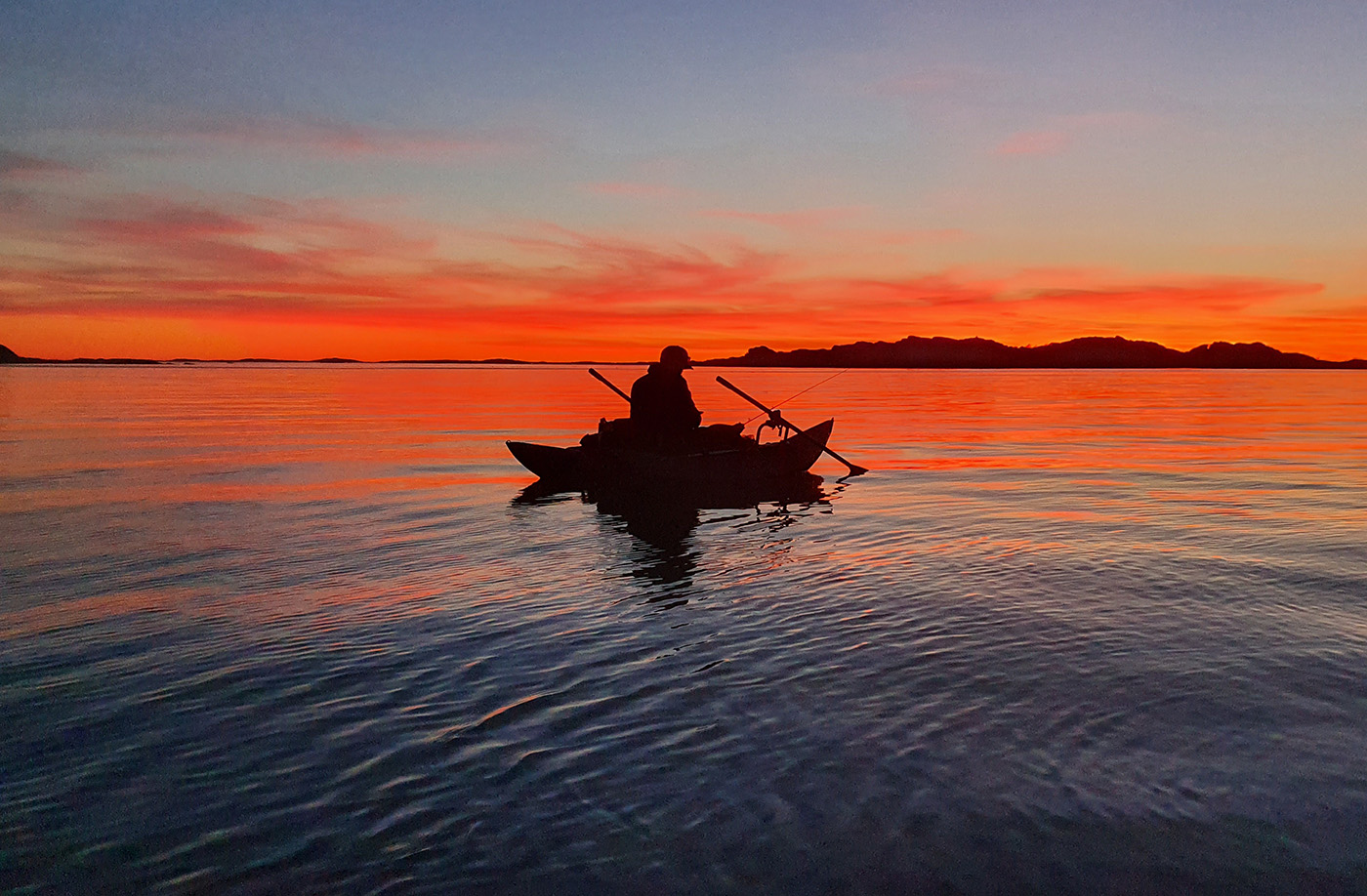
Brown Bodied Parachute tied by Jan de Haas.
We’re fly fishers and fly tiers – that’s why me make fly hooks. Being fly tiers we love quality fly tying materials (almost) as much as we love quality fly hooks. There are so many high quality materials available today that it’s hard to believe – natural materials, synthetics, furs, hairs, silicone products, rubber. But in some way the quintessential fly tying material is the feather. The simplest of modern dry flies – from the Halford-era consists on a tail of hackle fibres, a dubbed body and a front hackle. Even the very first fly in written sources mentions the use of feathers.

